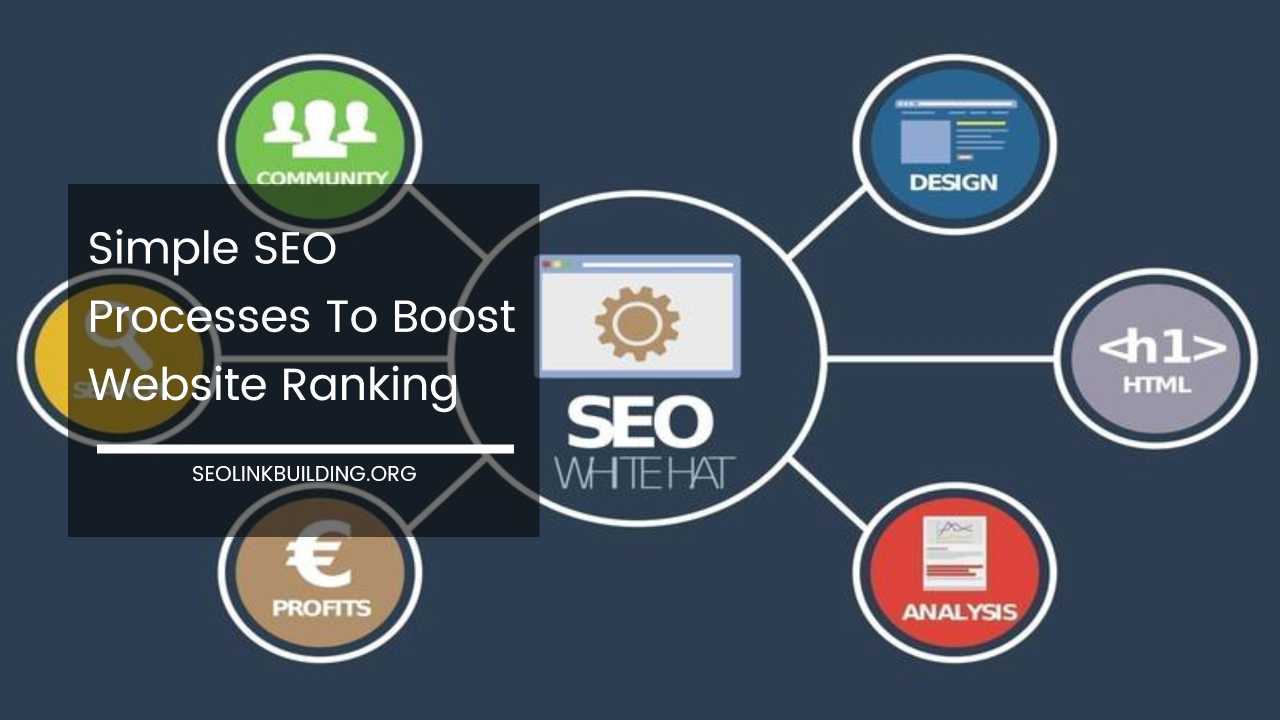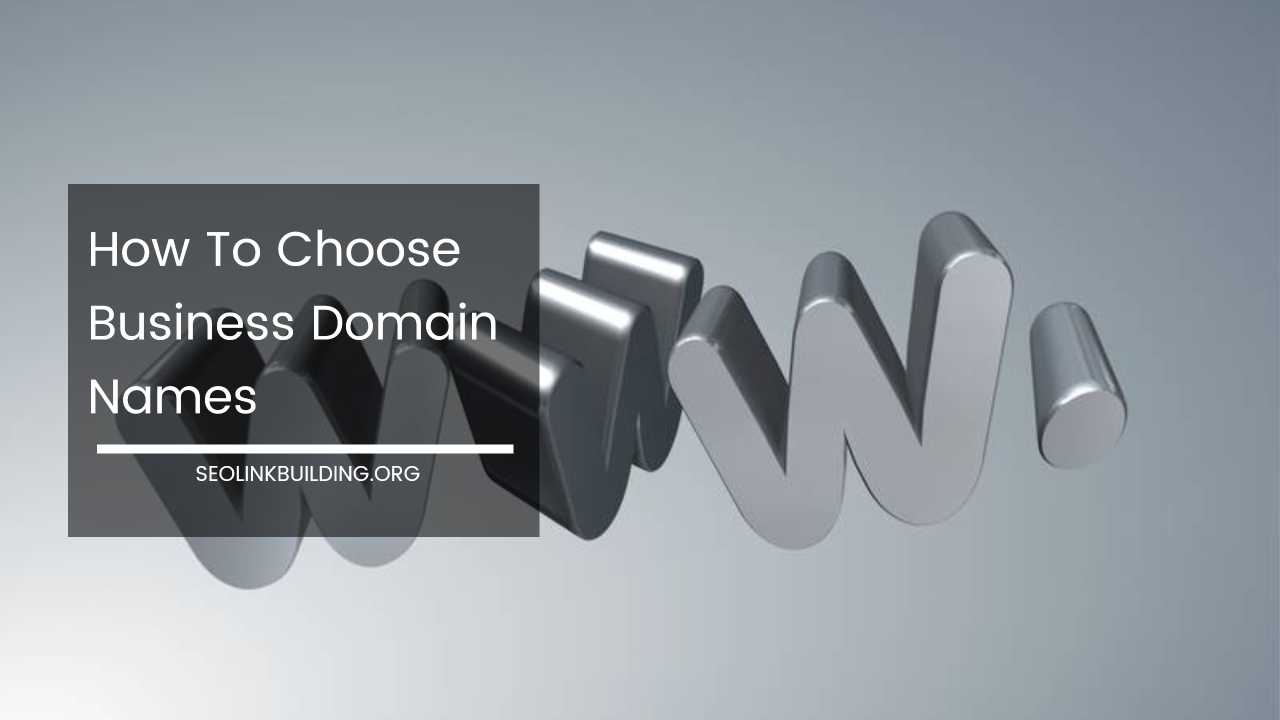The Future of Link Building

Link Building
The Future Of Link Building: A Strategic Shift Towards Quality and User-Centricity
Link building, the cornerstone of SEO, has undergone a dramatic metamorphosis in recent years. The bygone era of mass link acquisition through manipulative tactics is fading as search engines prioritize user experience and high-quality content.
As we peer into the future, link building is poised for another significant transformation, driven by advancements in technology and a deeper comprehension of user behavior.
This article delves into the key trends shaping the future of link building and provides actionable strategies for constructing a sustainable and triumphant link-building campaign.
The Evolving Landscape of Search Engines
Search engines like Google are constantly learning and refining their algorithms to deliver the most pertinent and trustworthy results to users.
This translates to them placing a premium on websites that demonstrate Expertise, Authoritativeness, and Trustworthiness (EAT).
Earning backlinks from high-authority websites in your niche remains crucial, but the focus has shifted towards acquiring links naturally through the creation of valuable content that resonates with your target audience.
The Rise of AI and Machine Learning
Artificial intelligence (AI) and machine learning (ML) are rapidly transforming the digital marketing landscape, and link building is no exception.
AI-powered tools can assist in identifying high-quality link-building opportunities, automating outreach tasks, and analyzing link data to gauge the effectiveness of campaigns.
However, it’s imperative to remember that AI is a tool, not a replacement for human expertise. The ability to craft compelling content, cultivate genuine relationships with webmasters, and comprehend the nuances of user intent will remain paramount for successful link building.
The Power of Content Marketing: Beyond Blog Posts
Content will continue to reign supreme in link building. In the future, expect to witness a surge in content that transcends traditional blog posts. Here are some captivating content formats that can garner backlinks naturally:
- Interactive Content: Interactive content, such as quizzes, polls, and data visualizations, can be highly engaging and attract backlinks naturally. Imagine a travel website creating an interactive quiz that helps users determine their ideal vacation destination. This type of content is not only informative but also shareable, potentially leading to backlinks from travel blogs and social media influencers.
- In-depth Research Reports and Industry Case Studies: By publishing in-depth research reports and industry case studies, you can establish your brand as a thought leader and attract links from authoritative websites. For instance, a marketing agency could conduct original research on the impact of social media marketing on customer acquisition and publish the findings as a comprehensive report. This valuable resource would likely be cited by other marketing blogs and industry publications.
- Original Data Analysis: Original data analysis can be another powerful tool for attracting backlinks. Imagine an e-commerce website analyzing customer purchase data to identify trends in consumer behavior. This type of original research could be highly valuable to industry publications and research blogs, potentially leading to backlinks and increased brand awareness.
Building Relationships and Collaboration: Beyond Guest Blogging
Link building isn’t just about acquiring links; it’s about fostering relationships with other websites in your niche. Look for opportunities to collaborate with industry influencers, bloggers, and journalists.
Guest blogging on relevant websites remains a valuable strategy, but the emphasis should be on providing valuable insights and perspectives for the audience, not just securing a backlink.
Unlinked Brand Mentions Can Be Gold: Turning Mentions into Backlinks
Search engines are becoming more adept at recognizing brand mentions, even if they aren’t accompanied by a backlink.
Actively monitoring online brand mentions allows you to reach out to websites and request them to add a link back to your site if the content is relevant.
For example, if a news article mentions your company but doesn’t include a link, you can politely reach out to the journalist and provide additional information or resources that could enhance their article. This outreach can potentially lead to a valuable backlink and increased brand exposure.
The Growing Importance of User Experience: Links Follow Good UX
As Google prioritizes user experience (UX) in its ranking factors, link building needs to follow suit. Focus on creating content that is not only informative but also user-friendly.
This includes optimizing website loading speed, ensuring mobile-friendliness, and providing a clear and intuitive navigation structure.
A positive user experience can indirectly lead to more natural backlinks as users are more likely to share content they find valuable. Imagine a website with slow loading times and a confusing layout. Users are unlikely to stay on the site for long, let alone share its content with others.
Conversely, a website that provides a seamless user experience is more likely to be shared and linked to naturally.
The Future is Evolving: Staying Ahead of the Curve
The future of link building is dynamic and constantly evolving. Here are some key takeaways to ensure your link-building strategy stays ahead of the curve:
-
Focus on quality over quantity. Pursue links from high-authority, relevant websites that offer value to your target audience. Building a handful of high-quality backlinks is far more beneficial than acquiring a large number of low-quality links from irrelevant websites.
-
Embrace user-centricity. Create content that is informative, engaging, and provides a positive user experience. This means going beyond simply providing information and focusing on crafting content that truly resonates with your audience’s needs and interests.
-
Leverage the power of AI. Utilize AI-powered tools to streamline your workflow and gain valuable insights, but don’t rely solely on automation. AI can be a powerful asset for identifying link-building opportunities and analyzing data, but the human touch remains crucial for crafting compelling content and building genuine relationships.
-
Build relationships. Network with industry influencers, bloggers, and journalists to build genuine connections. Relationships are the foundation of successful link building. By fostering connections with others in your niche, you create opportunities for collaboration, guest blogging opportunities, and natural link acquisition.
-
Monitor unlinked brand mentions. Identify opportunities to convert brand mentions into valuable backlinks. Utilize tools like Google Alerts to stay informed about online mentions of your brand. When you find an unlinked brand mention, reach out to the website owner or author and politely request a backlink if the content is relevant.
-
Stay updated on the latest trends. The SEO landscape is constantly evolving, so staying informed about the latest trends is crucial. Regularly follow industry publications, attend SEO conferences, and participate in online communities to stay ahead of the curve and adapt your link-building strategies accordingly.
Actionable Steps for Building Relationships with Webmasters
Building relationships with webmasters is a key component of successful link building. Here are some actionable steps to get you started:
-
Identify Relevant Websites and Blogs: Start by identifying relevant websites and blogs in your niche. Utilize SEO tools and online directories to discover websites with high domain authority and a target audience that overlaps with yours.
-
Analyze Their Content and Identify Potential Collaboration Opportunities: Once you’ve identified relevant websites, take time to analyze their content. Look for opportunities to collaborate on guest posts, co-create infographics, or participate in joint research projects.
-
Craft Personalized Outreach: When reaching out to webmasters, avoid generic emails. Take the time to personalize your outreach by mentioning specific content they’ve published and highlighting how your expertise or resources could add value to their audience.
-
Offer Value, Not Just a Backlink: The focus of your outreach should be on offering value, not just securing a backlink. Demonstrate how your content or expertise can benefit the webmaster’s audience.
-
Build Long-Term Relationships: Don’t view link building as a transactional process. Aim to build long-term relationships with webmasters. By providing value, being helpful, and fostering genuine connections, you can create a network of allies who are more likely to link to your content in the future.
Advanced Link-Building Techniques
In addition to the core principles outlined above, there are several advanced link-building techniques that can be employed to expand your link profile:
-
Broken Link Building: Identify broken links on relevant websites and create content that can serve as a replacement. This technique can be a win-win situation, as you provide value to the website owner by fixing a broken link and potentially earn a backlink in the process.
-
Skyscraper Technique: This technique involves identifying high-performing content in your niche and creating an even more comprehensive and valuable piece of content. You can then reach out to websites that linked to the original content and suggest your improved version as a replacement.
-
HARO (Help A Reporter Out): HARO is a platform that connects journalists with sources. By signing up as a source on HARO, you can receive queries from journalists looking for expert insights on topics related to your niche. Providing valuable quotes or information can lead to backlinks in news articles and industry publications.
Final Thoughts: The Future of Link Building is Bright
The future of link building is bright for those who embrace quality content creation, user-centricity, and relationship building.
By focusing on these core principles and staying informed about the latest trends, you can build a sustainable link-building strategy that will ensure your website thrives in the ever-evolving SEO landscape.
Remember, link building is a long-term game, not a quick fix. By consistently creating valuable content, fostering relationships, and adapting your strategies to the evolving landscape, you can secure high-quality backlinks that will drive organic traffic, improve your search engine ranking, and ultimately achieve your SEO goals.













